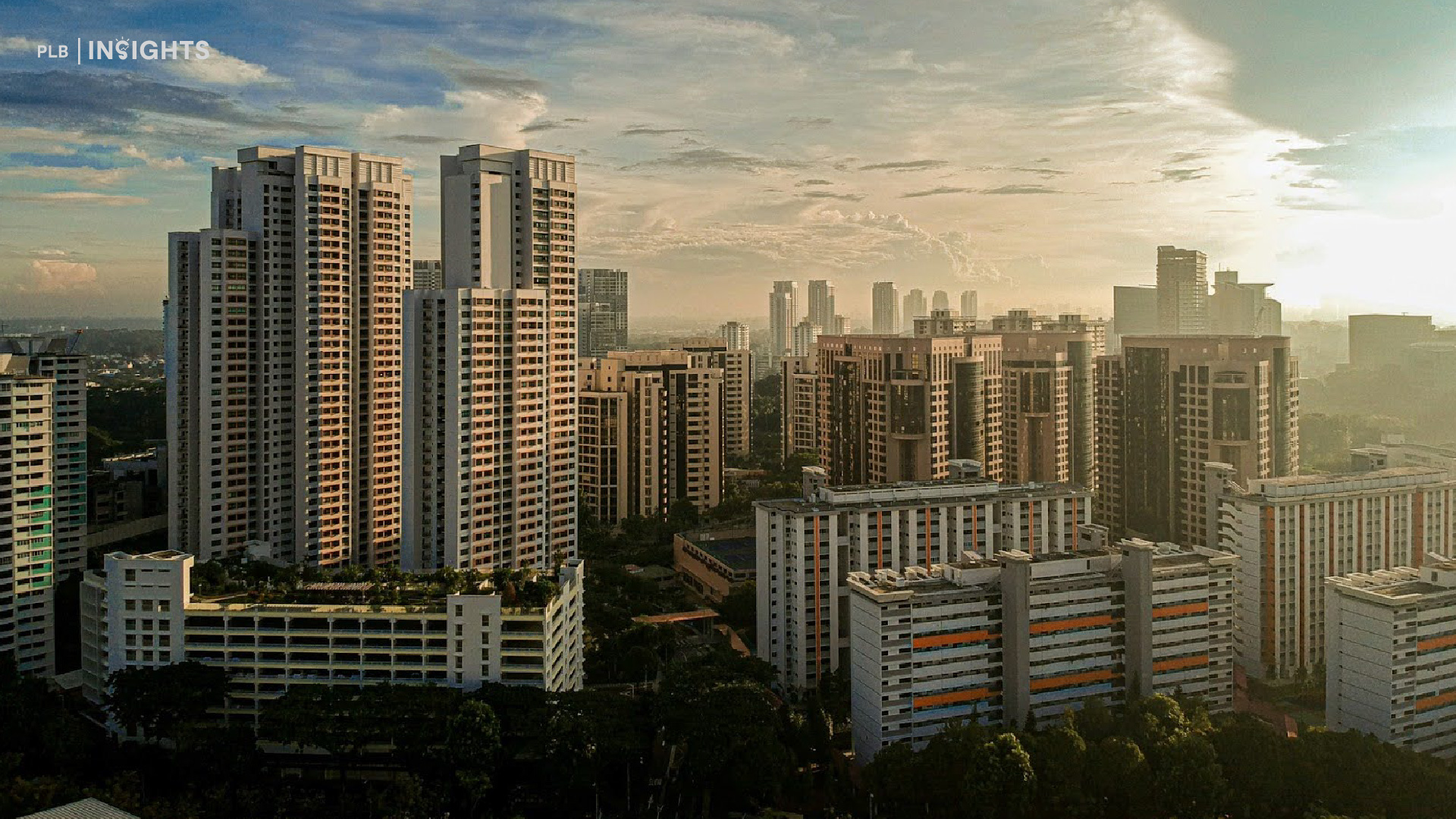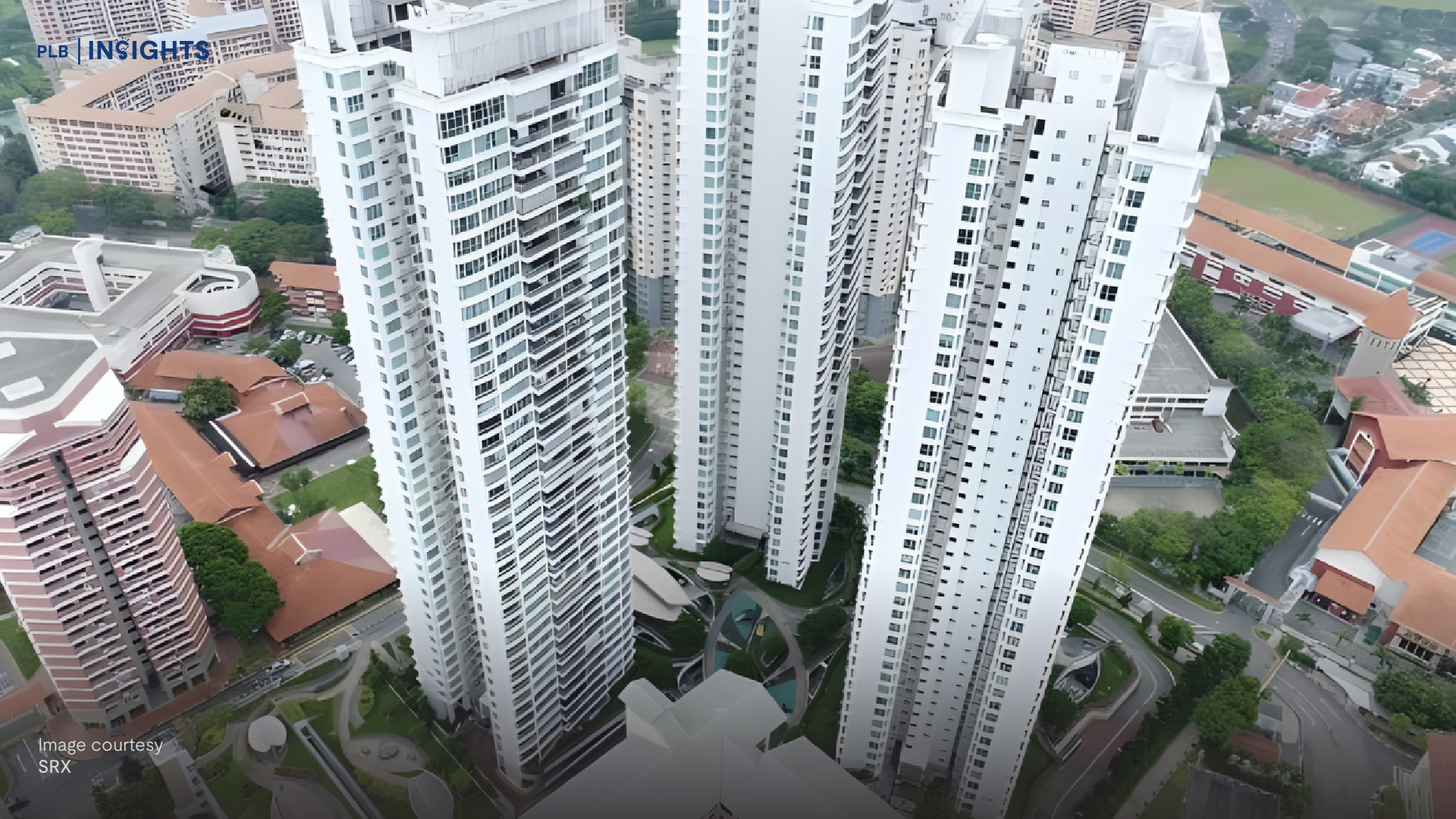
On 24 September, the Population in Brief 2024 was published. One of the key updates was that Singapore’s population had risen to a historic high of 6.04 million, a 2% increase from last year. The rise was mainly attributed to the growth in the non-resident population.

Alongside this population increase, the data reveals a significant demographic shift, with Singapore moving toward an ageing society. The proportion of citizens aged 65 and above continues to rise steadily, while the total fertility rate has fallen to a record low of 0.97 as of last year, well below the replacement level.
The dual trend of rising non-resident numbers and a rapidly ageing local population signals challenges and opportunities for the nation, particularly in sectors like real estate, healthcare, and urban planning.
This then begs the questions: What does this mean for a land-scarce country like Singapore? Will rental rates become more competitive as the non-resident population grows? How will this demographic shift influence the real estate market? And what effects might this have on housing prices?
In this article, we will explore the relationship between Singapore’s shifting population dynamics and the impact on housing prices, focusing on both rental and resale markets.
Price Trend in Comparison with Non-Resident Population Growth

As the non-resident population grows, it is intuitive to assume that rental prices will rise due to increased demand for rental properties. This makes sense because, apart from the ultra-rich, most non-residents tend to opt for renting. The non-resident population has surged by 155% from 1999 to 2024, with the exception of a dip between 2019 and 2020 during the lockdown periods of the COVID-19 pandemic. According to the latest data provided by URA, the price index for rental rose by 130% from 1999 to 2024. On the other hand, the price index for non-landed properties also rose by 128% since 1999. This upward trajectory correlates with that of the non-resident population growth.

Now, let’s dive into the year-on-year percentage changes in non-resident population, rental prices, and non-landed property prices.
The data shows that 2007 and 2008 experienced the most significant growth in the non-resident population, with increases of 15% and 19%, respectively. This coincided with significant jumps in rental prices—36% in 2007 and 19% in 2008. Similarly, non-landed property prices rose by 25% in 2007 and 12% in 2008. These years marked a period of rapid population growth and heightened demand in the real estate market, which drove up both rental and property prices. This period also occurred just before the Great Financial Crisis and the introduction of cooling measures in Singapore.
More recently, in 2023, the non-resident population grew by 13% year-on-year. Rental prices surged by 21%, while private non-landed property prices increased by 7% during the same period. However, this price increase was also exacerbated by delays in housing developments due to the COVID-19 pandemic. Many prospective homeowners had to rent while waiting for their new homes to be completed, further driving up demand in the rental market.
Historical trends indicate a clear positive correlation between the growth of the non-resident population and rising property prices. This relationship is well-supported by economic principles of demand and supply, where an increase in population naturally leads to higher demand for rental properties and housing, which in turn exerts upward pressure on rental and housing prices. However, it’s important not to overlook the supply factor.

The Supply Factor
Over the years, efforts have been made to ramp up housing supply. This year, the Ministry of National Development (MND) announced the release of land capable of generating approximately 5,050 private housing units through the confirmed list of the H2 2024 Government Land Sales (GLS) programme. This will bring the total supply for the year to 11,110 private housing units—the highest annual figure since 2013, when 12,895 units were released.
A key reason for the increase in housing supply is to help control property prices and prevent them from reaching unaffordable levels—a challenge that has been observed in markets like Hong Kong.
So far in 2024, despite the non-resident population increasing by 5% year-on-year, both rental and housing prices have experienced a significant decline, particularly in the rental market. This drop can largely be attributed to the completion of housing projects that were delayed during the COVID-19 period. As more housing units become available, the pressure on rental rates has eased, moderating what might have otherwise been a sharper increase.
In addition, the doubling of ABSD last year specifically targeted foreign buyers, effectively pricing out many of them. This measure has significantly cushioned the impact of wealthy foreign buyers on housing prices, helping to prevent a sharp increase despite the influx of affluent individuals.
The Case of Ageing Population in Singapore
The population in brief also highlighted a dominant global demographic trend of the 21st century, as pointed out by the World Economic Forum: the ageing population.

Coined by the United Nations, a country is defined as “ageing” when the share of its population aged 65 and above exceeds 7%. It is classified as “aged” when this share surpasses 14%, and as “super-aged” once it reaches 21%. According to the recent population brief, the proportion of residents aged 65 and above in Singapore increased from 17.3% in June 2023 to 18.0% in June 2024, which is also evident in Figure 3. If this upward trend continues, Singapore is likely to become a “super-aged” society by 2026, as noted by Minister Ong Ye Kung.
The government recognised the ageing population as a growing challenge more than two decades ago, establishing the Committee on Ageing Issues, which later evolved into the Ministerial Committee on Ageing in 2007. One of the key areas they focus on is urban development to address the needs of an ageing society. With over 80% of Singaporeans living in public housing, the government has an advantage in shaping urban planning to better support and accommodate the ageing population.
A key development in this direction is the introduction of Community Care Apartments, such as Bukit Batok’s Harmony Village and Queensway Canopy. These public housing options are specifically designed for seniors, featuring integrated living environments with communal spaces and assisted living facilities to promote independence while providing necessary support. Additionally, the upcoming October BTO launch will introduce more Community Care Apartments in Geylang, further expanding housing options for Singapore’s ageing population. As Singapore moves towards becoming a more inclusive society, it is likely that we will see an increase in senior-friendly amenities and infrastructure across the island.
While Singapore’s ageing population is shaping housing needs and urban development, its direct impact on housing prices is expected to be marginal. Other factors, such as economic conditions, supply and demand dynamics, and market cycles, will likely play a much more significant role in determining property prices. Although an ageing population may affect the type of housing in demand—such as more senior-friendly units—the broader property market will likely be shaped by macroeconomic factors.

Final Thoughts
The growth of the non-resident population in Singapore is intuitively linked to rising housing prices due to increased demand. However, it is crucial to account for government regulations and cooling measures that can temper these effects. Housing in Singapore is a multifaceted topic, influenced by a combination of factors, including government interventions, supply and demand dynamics, and economic cycles. Therefore, adopting a holistic perspective is essential when assessing the impact on the housing market.
We’re dedicated to providing you with the most up-to-date information with the objective of helping you make informed decisions. Whether you’re a first-time homebuyer, an experienced investor, or just exploring your options, our team of consultants is here to guide and support you through every step of the process.
Disclaimer: Information provided on this website is general in nature and does not constitute financial advice
PropertyLimBrothers will endeavour to update the website as needed. However, information may change without notice and we do not guarantee the accuracy of information on the website, including information provided by third parties, at any particular time. While every effort has been made that the information provided is accurate, individuals must not rely on this information to make a financial or investment decision. Before making any, we recommend you consult a financial planner or your bank to take into account your particular financial situation and individual needs. PropertyLimBrothers does not give any warranty as to the accuracy, reliability or completeness of information which is contained in this website. Except insofar as any liability under statute cannot be executed, ProperyLimBrothers, its employees do not accept any liability for any error or omission on this website or for any resulting loss or damage suffered by the recipient or any other person.








